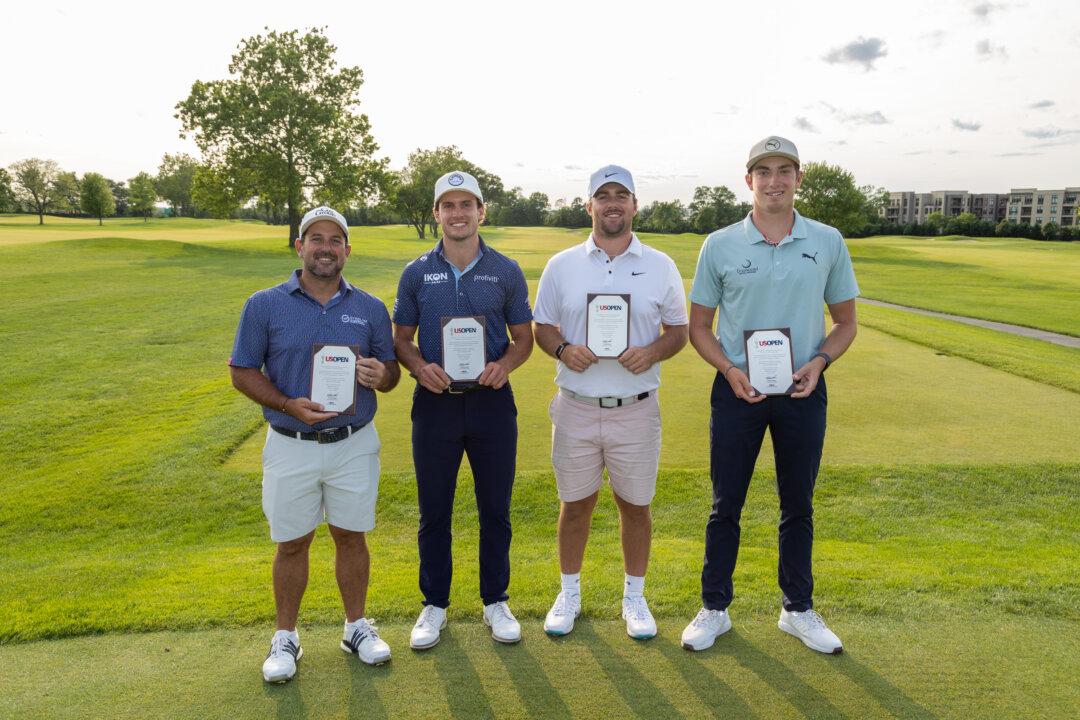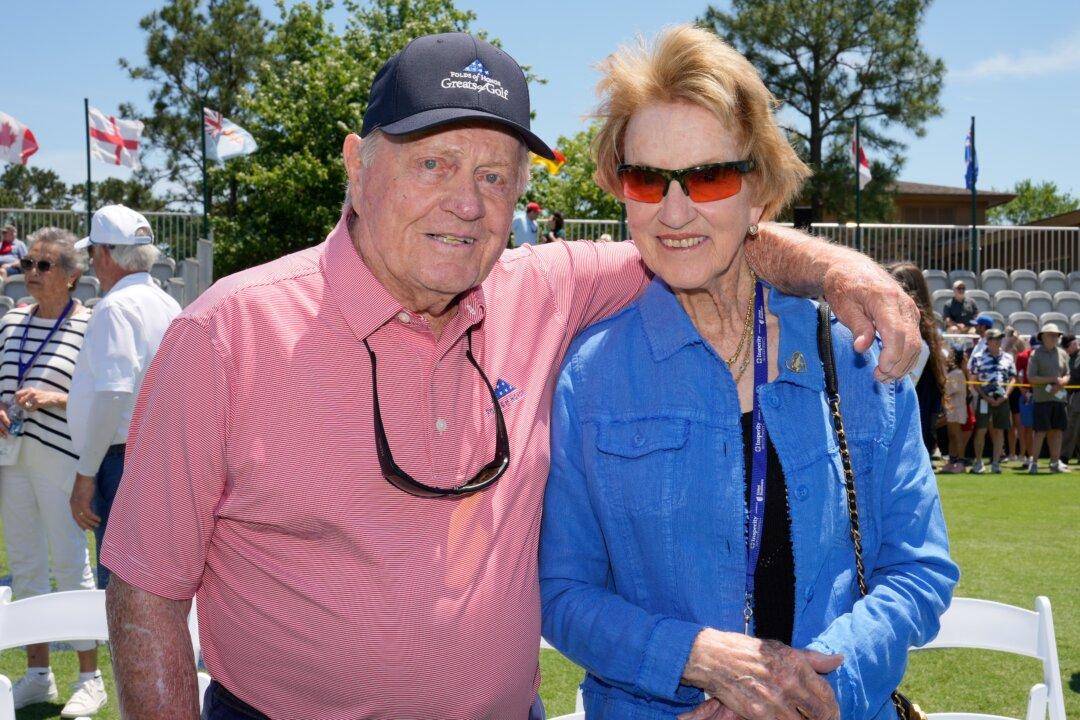The Pinehurst of 2014—the host site for its 3rd U.S. Men’s Open in 15 years commencing Thursday—is a far cry from the depths the facility had fallen 30 years ago. Pinehurst in 1984 was facing serious questions dealing most notably with its continued relevance in golf. The facility had been the domain of the Tufts family from its beginning in 1895. During those many years the steady hand of the Tufts ensured a continuity on how the golf courses were showcased, most specifically Pinehurst 2—the Donald Ross design gem.
By 1970, the family opted to sell its complete ownership to the Diamondhead Corporation. From 1971 to 1982 Diamondhead left an imprint on the facility—one which altered significantly the original design philosophy of the 2 Course.
Diamondhead saw Pinehurst as a real estate “brand” pushing development plans ahead for countless homes to be built. Diamondhead also altered Pinehurst 2, morphing it into a “country club” layout—enveloped with verdant bermuda grass throughout the acreage—eliminating the sandy scrub areas that were long the hallmark. Long-time players bemoaned the changes. The lofty reputation of Pinehurst was in free fall. Serious golfers who had always embraced the facility now placed it in their rearview mirrors.
The aggressive development plans put forward by Diamondhead could not be sustained and by 1982 a consortium of banks had taken ownership of the property. For roughly two years the banks kept Pinehurst alive on life support. Maintenance was not truly detailed but only focused on simply keeping grass cut and manageable. By 1984 serious interest from outside parties emerged but key questions remained—would the banks sell the entire property or in different parcels? Would the courses remain together under one ownership roof or be split? How would the new ownership run the facility?
Among the interested observers was Robert Dedman, Sr. Dedman’s background in golf came from founding and running Club Corporation of America (ClubCorp) based in Dallas, TX. ClubCorp specialized in owning and operating private golf clubs—maximizing their earning potential and staffing them with various key professionals in a wide range of areas. The Pinehurst property fascinated Dedman but the final outcome was far from certain.
Initially, Dedman only wanted to purchase the golf properties. The banks balked—favoring an all-or-nothing deal. Knowing that a deal could be finalized with any other bidder Dedman went all in—offering $15 million for the entire package—the biggest deal he had ever done in the golf business. Although not fully known at the time the price paid was the biggest steal since America took ownership of the Louisiana Purchase from the French in 1803. In July 1984 the deal was finalized. Dedman said it succintly, “This is one of those places you just can’t duplicate—it’s kind of like buying the St. Andrews of America.” One of the first things Dedman did was to make sure that Pinehurst kept the money it made—reinvesting the profits to strengthen the overall facility and build momentum for those working there.
Within a year Pinehurst went from losing $1 million to making $4.5 million. Within four years Pinehurst was generating an operating profit of $10 million.
Even with Dedman’s involvement the turnaround was a slow one because of lingering perceptions. Pinehurst had dropped off the golf radar screen—many doubters had to be convinced that the new owner was going to have a team of people reinvigorating what had been in serious decline for many years.
Just like a sports franchise the successful ones start with the ownership. Dedman was an earnest sort but he also realized the practicality of a Clint Eastwood movie line, “A man’s got to know his limitations.”Dedman smartly realized he needed a talented team to secure the true renaissance of Pinehurst. Having on board a President and CEO handling the vast and myriad elements tied to a facility of Pinehurst’s size and offerings was task one.
Dedman wisely hired Pat Corso to serve in the dual capacities as President and CEO after Joe Burns served in a similar fashion for the first few years of the new ownership. Corso and Dedman had first met in 1985 when Dedman was looking to buy Schuss Mountain in Traverse City, MI. Corso would remain in that position until early 2004.
Even with the facility making money the final leap to the top of the golf pecking order was still to be maintained. Corso had upgraded the many dimensions of the Pinehurst brand but it would take one additional hire to really signify that the “new” Pinehurst was bringing back to life all the “old” magic and then some.
Corso had been in his new position only a few months when the then Director of Golf—Mike Sands—left for a new position. The key for Corso was finding a proven known entity—a person who could instantly demonstrate that Pinehurst valued golf and would have the ultimate golf person in charge for that side of the operation. Corso found such a person in Don Padgett. Padgett had served as President of the PGA of America from 1977-78. Padgett was completely networked with the leading golf luminaries—from the top players, to the various key golf association leaders to those at the club pro level. Padgett thoroughly connected all the dots that Dedman and Corso had started. The twin areas of tradition and history were once again celebrated at Pinehurst—at the same time married to the most detailed and thorough of service delivery—with quality golf courses centered around strategic qualities and first rate turf presentation. Padgett made it clear to all who worked underneath him: When people spoke about Pinehurst they were always referring to its superstar—the 2 course.
Once the team settled in for the long haul, Pinehurst began to climb the competitive mountain, first with the Club Pro Championship in 1988, then the Women’s Amateur in 1989—which kicked-off the relationship with the USGA. The PGA Tour would follow soon thereafter with its Tour Championship hosted at Pinehurst 2 in 1991 and 1992. The U.S. Senior Open came in 1994 followed by the ultimate prize in American golf—the U.S. Open in 1999.
Padgett remained nearly as long as Corso—retiring in the Fall of 2002. Interestingly, his son, Don Padgett II assumed Corso’s role as the head of overall operations after being general manager at Firestone CC in Akron, OH for 25 years.
This talented trio knew the ultimate goal was bringing back to life a resort that had always been such a shining star. But, even more so—each relished their respective roles—never losing sight of the big picture while always seeing to it that the smallest of details were handled professionally and competently.
Pinehurst today has come full circle—Dedman saw the vast potential and went ahead when others simply saw a tired relic from yesteryear. The infusion of stable ownership—deep enough finances—and in tandem with a top tier staff brought to the forefront a facility that once again rides at the crest of American golf.
M. James Ward, a member of Golf Writer’s Association of America (GWAA) and past member of Met Golf Writer’s Association (MGWA), has reported on golf’s grandest events since 1980 in a variety of forums.





